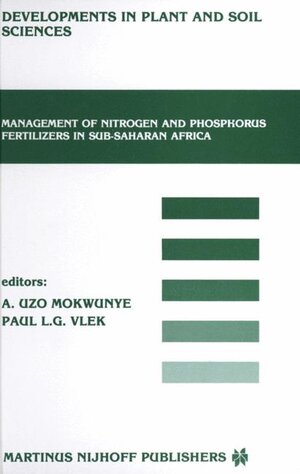
×
![Buchcover ISBN 9783540615002]()
„The most advanced and sensitive methods have been selected for this manual. The presented procedures are well established and have been found useful in many laboratories.“
Bioscope
Protein Structure Analysis
Preparation, Characterization, and Microsequencing
herausgegeben von Roza Maria Kamp, Theodora Choli-Papadopoulou und Brigitte Wittmann-Liebold„Protein Structure Analysis - Preparation and Characterization“ is a compilation of practical approaches to the structural analysis of proteins and peptides. Here, about 20 authors describe and comment on techniques for sensitive protein purification and analysis. These methods are used worldwide in biochemical and biotechnical research currently being carried out in pharmaceu tical and biomedical laboratories or protein sequencing facilities. The chapters have been written by scientists with extensive ex perience in these fields, and the practical parts are well documen ted so that the reader should be able to easily reproduce the described techniques. The methods compiled in this book were demonstrated in student courses and in the EMBO Practical Course on „Microsequence Analysis of Proteins“ held in Berlin September 10-15, 1995. The topics also derived from a FEBS Workshop, held in Halkidiki, Thessaloniki, Greece, in April, 1995. Most of the authors participated in these courses as lecturers and tutors and made these courses extremely lively and successful. Since polypeptides greatly vary depending on their specific structure and function, strategies for their structural analysis must for the most part be adapted to each individual protein. Therefore, advantages and limitations of the experimen tal approaches are discussed here critically, so that the reader becomes familiar with problems that might be encountered.




